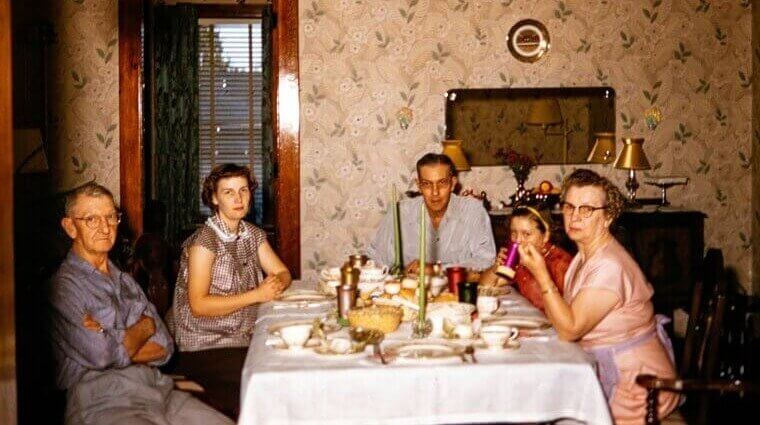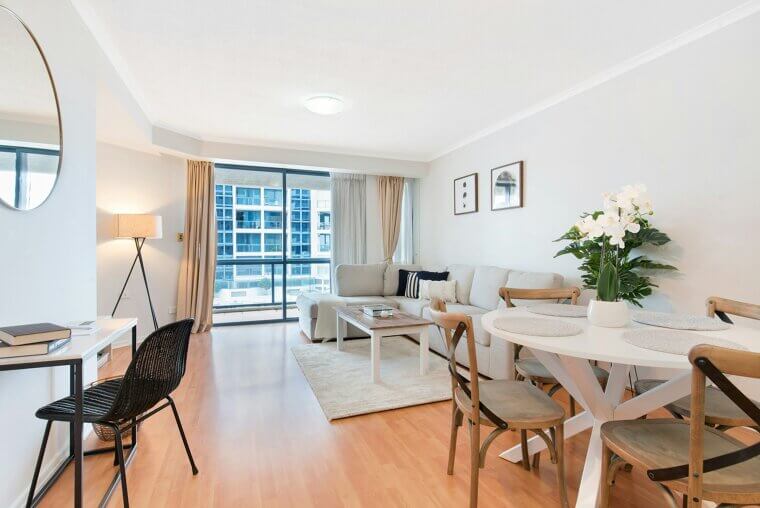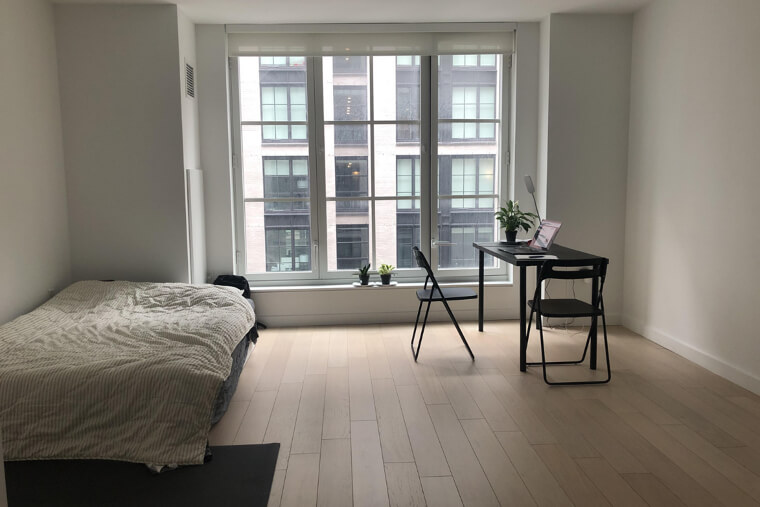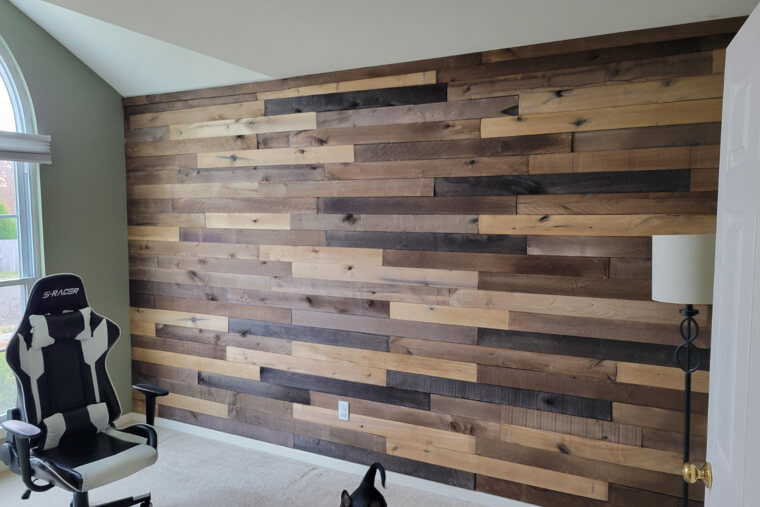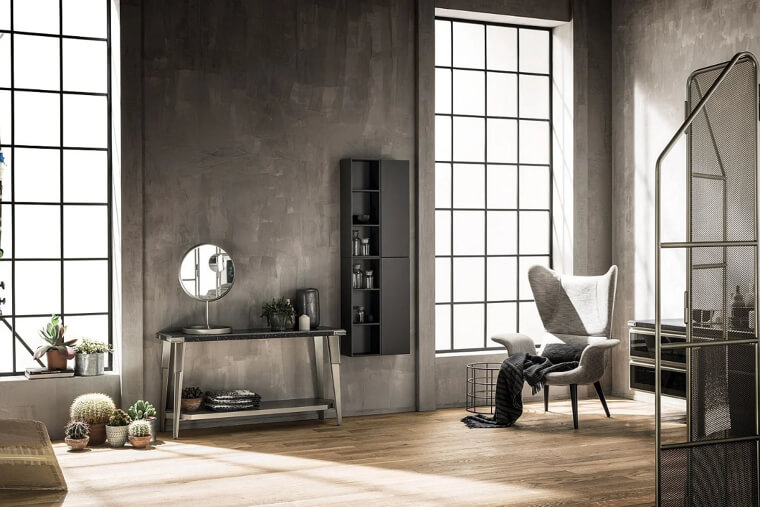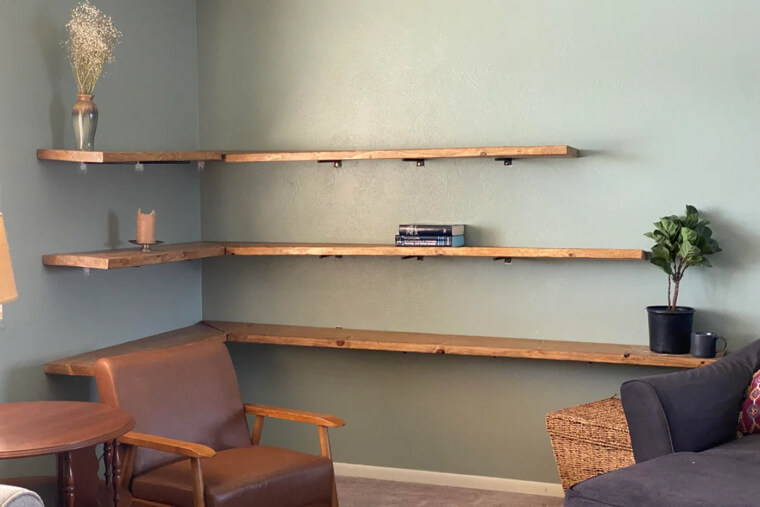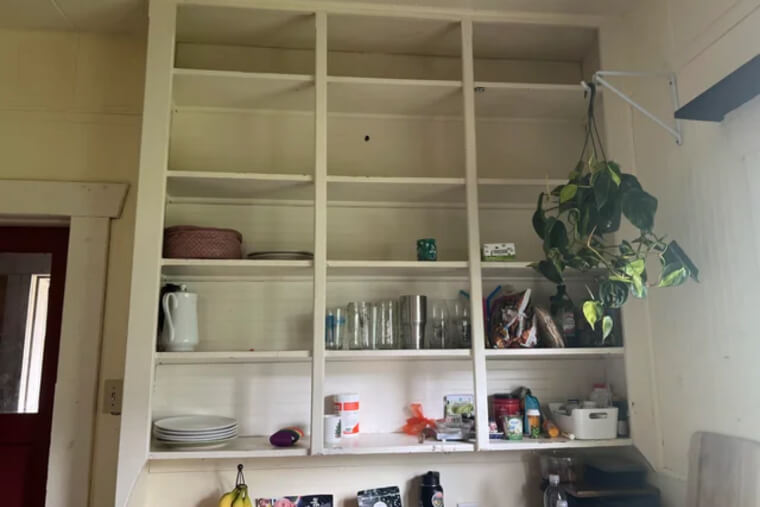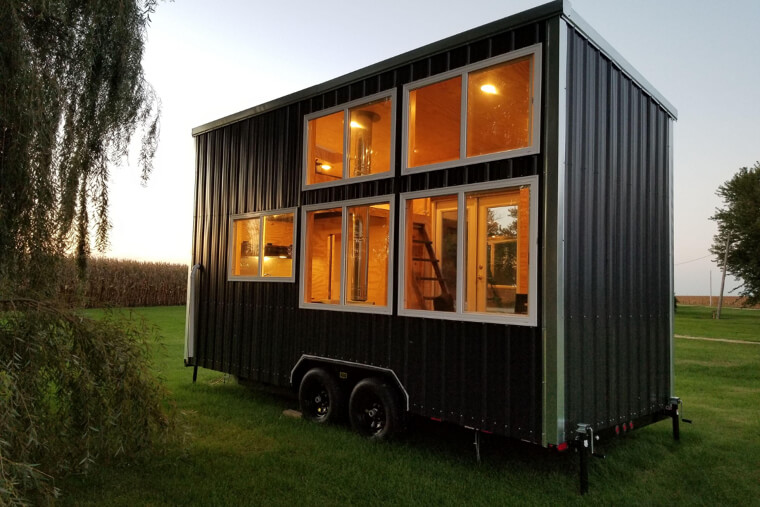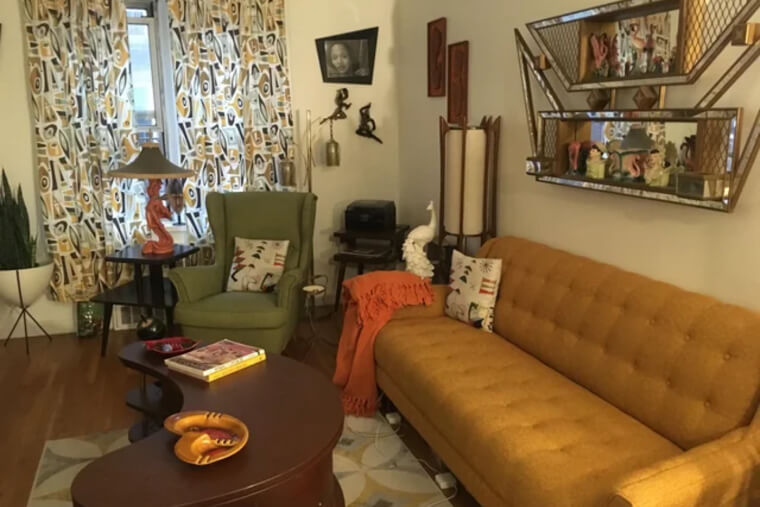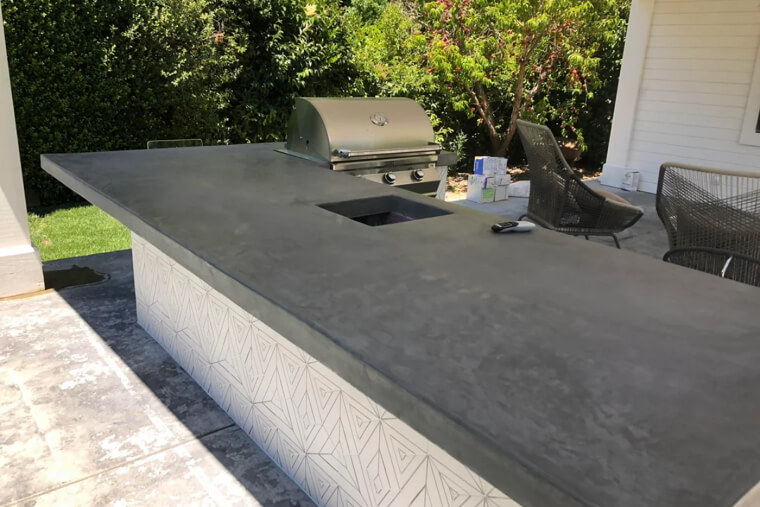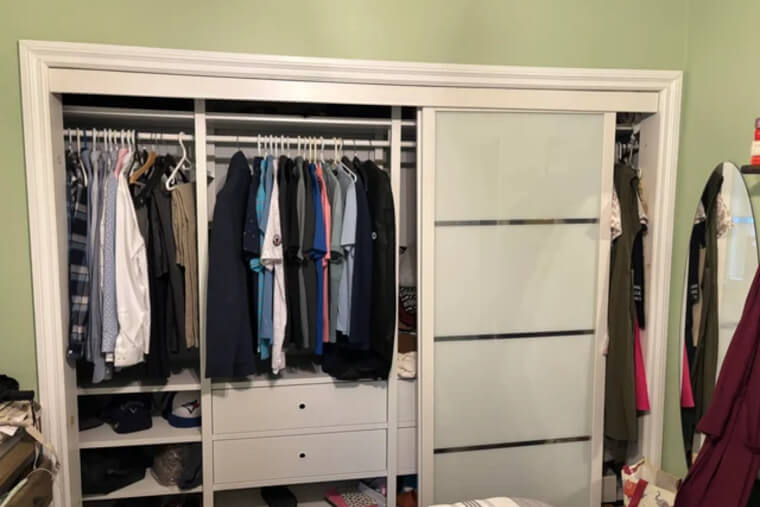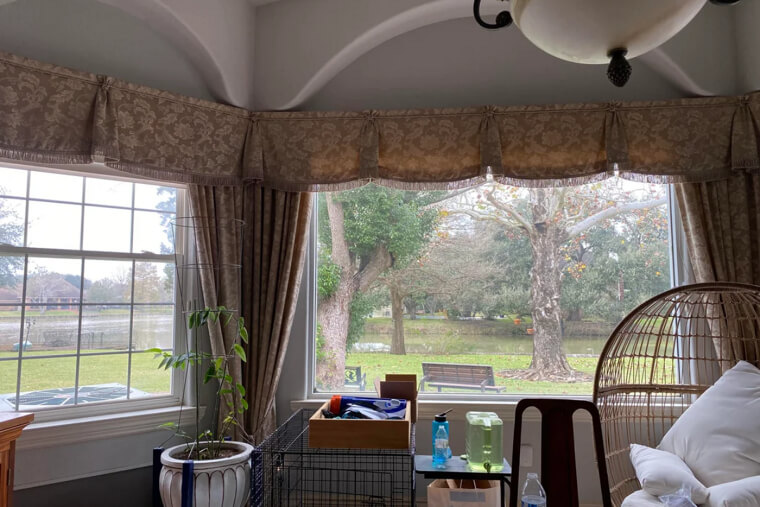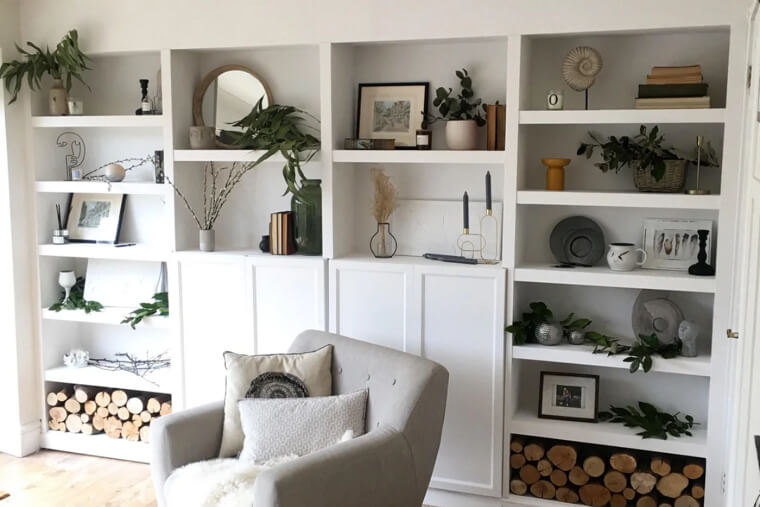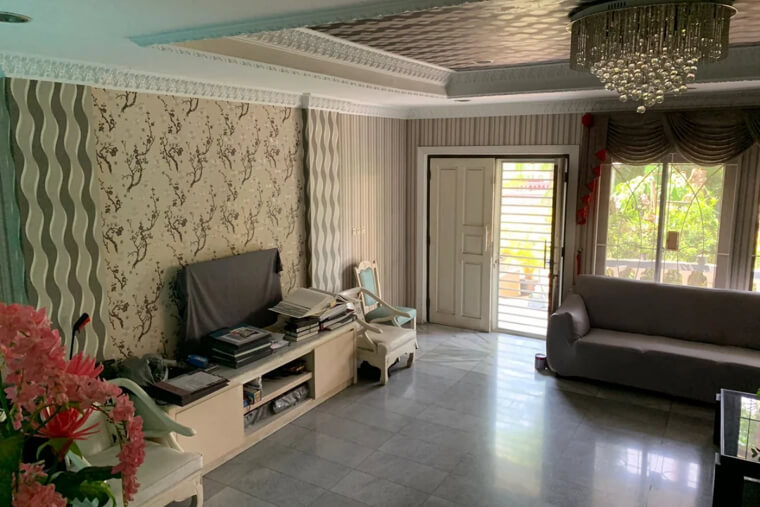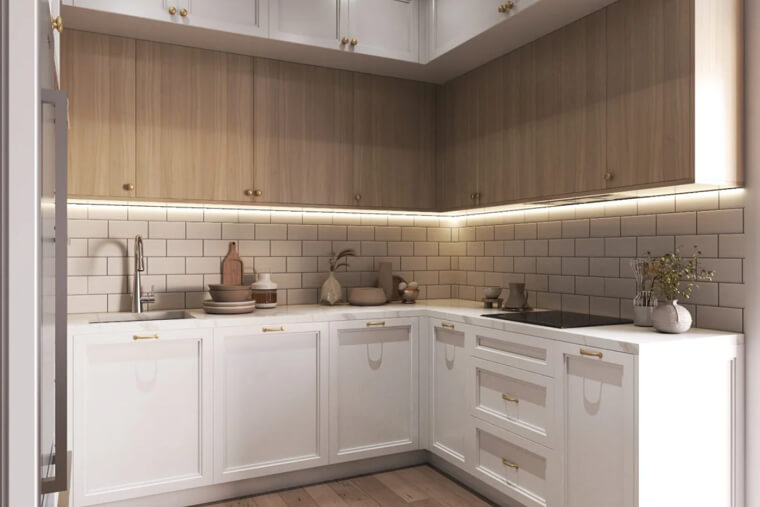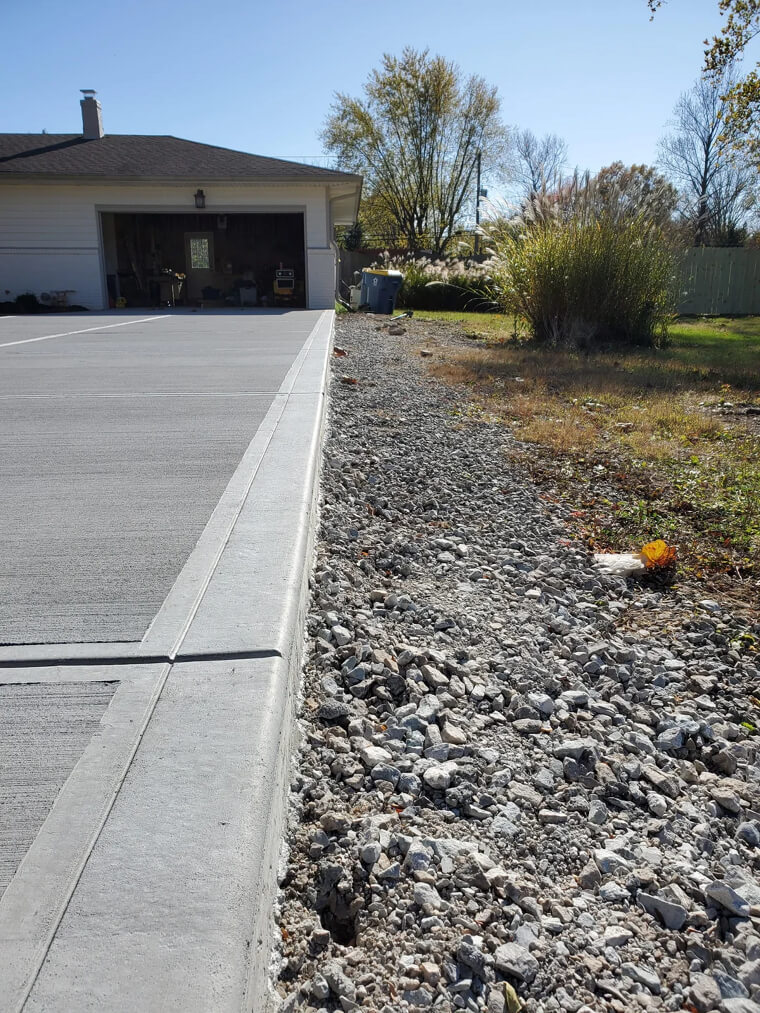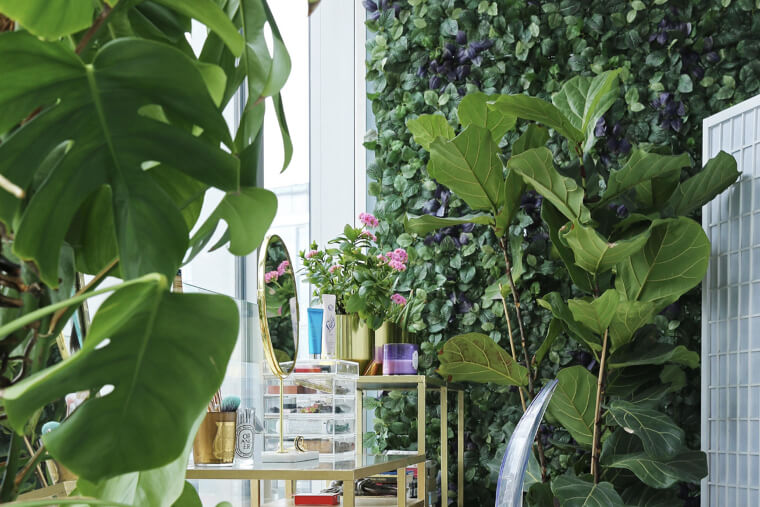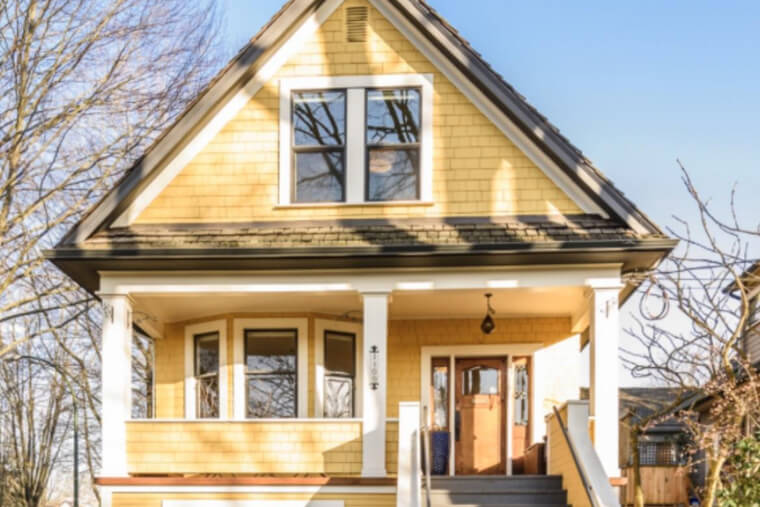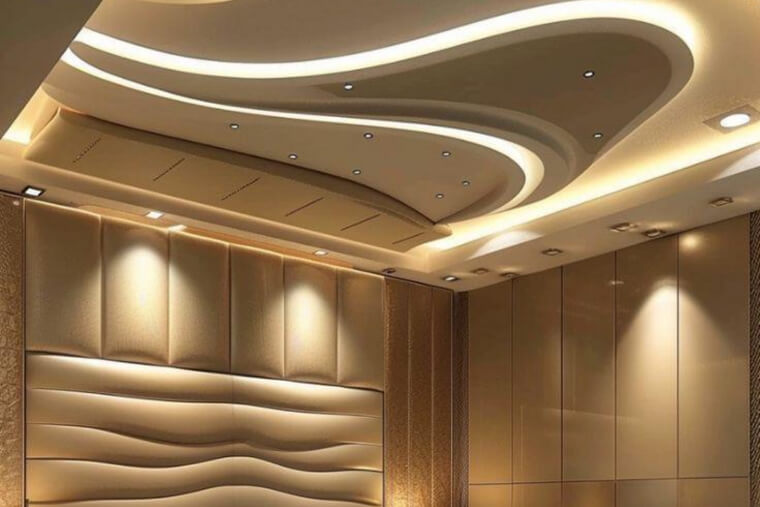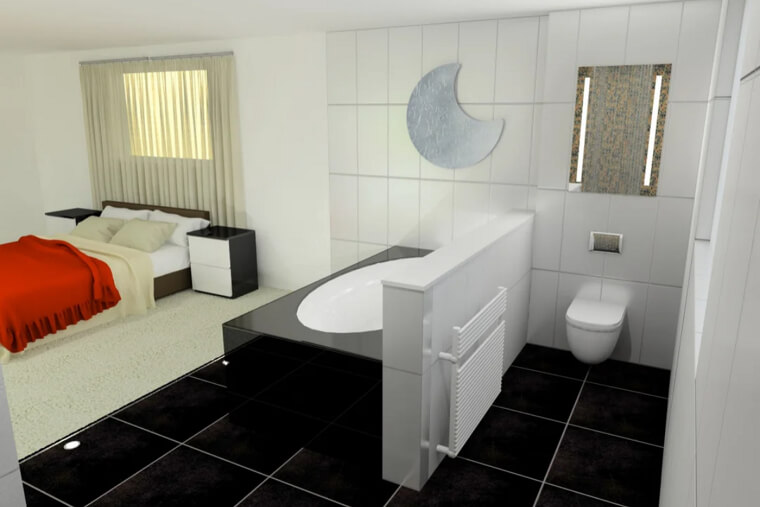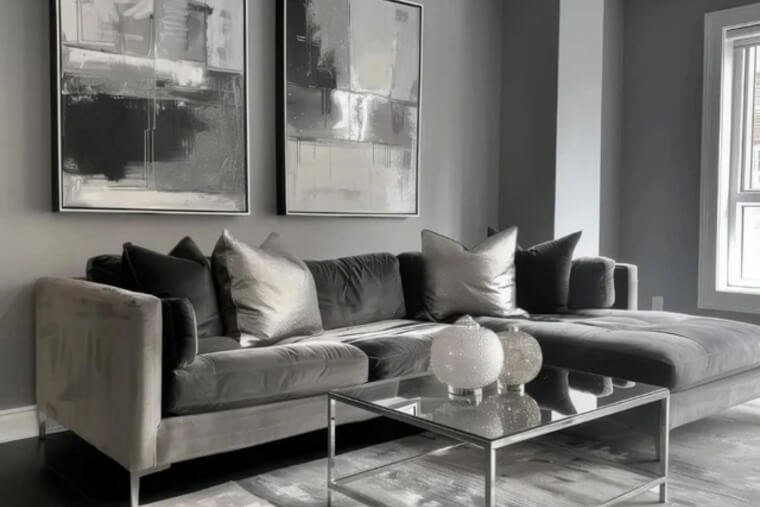Modern Design Isn’t for Everyone
Today’s minimalist, beige-and-gray-everywhere kind of design style is a stark contrast to the maximalism and color that boomers grew up around. Is it any surprise, then, that they hate most modern home design and decor? Here are a few design trends that no boomer wants in their house.
Open Floor Plans
While millennials feel that an open floor plan in every room makes the home feel spacious, boomers only find the trend chaotic. Without any separation, noise and clutter travel easily. Moreover, open floor plans lack privacy, making residents feel anxious in their own homes.
Minimalist Interiors
Growing up in the '60s and '70s gave boomers a love of color and camp that still hasn’t gone away. It is no wonder, then, that the sparse, gray couches and beige throw pillows don’t make them feel happy. Minimalist interior design can often feel cold and unwelcoming to boomers.
Shiplap Wall
Shiplap walls were an attempt to add some color and personality to the minimalist trend, but in most cases, they end up looking overdone and out of place. Not to mention the fact that nowadays, they seem to be literally everywhere. This trend is best left in farmhouses and hotels, where it belongs.
Industrial Style
The day we decided to make our homes look like factories and warehouses is the day boomers lost it with millennial design. An industrial-style loft or city apartment still makes sense, but when this trend creeps into suburban homes, it feels out of place.
All-White Kitchen
Expensive to install and difficult to maintain, the only thing all-white kitchens have going for them is aesthetics. And while aesthetics are important when building a home, they can not come at the cost of functionality. However, the worst part is that such kitchens often feel bland and lifeless.
Floating Shelves
Another design trend that prioritizes form over function, floating shelves may look clean and sleek, but if you don’t dust them for two days, they’ll be caked in a layer of dust. Maintaining floating shelves requires a lot of time and work, which most boomers would rather not spend.
Excessive Open Shelving
Like floating shelves, open shelving also needs time and effort to clean and maintain. It can collect dust easily and make the home look shabby and unsanitary. This design trend makes boomers long for the days of their grandmother’s china cabinet.
Modern Tiny Homes
Most Americans have lived their entire lives in spacious single-family homes. Unlike in many Asian countries, space has never been an issue for us. The trend of tiny homes has more to do with aesthetics and environmentalism than functionality. That is why most boomers can’t stand tiny homes. They’re cramped and uncomfortable to live in, especially for seniors.
Mixed Metals
Having similar finishes throughout the house makes the entire space feel cohesive, even if each room is designed and themed differently. Mixing brass, copper, and steel finishes makes the house look mismatched. The lack of uniformity is a small thing that can change the entire house.
Mid-Century Modern Revival
Like all other trends, design trends also run in a cycle. And after almost a decade of millennial gray, bringing back mid-century modern style feels like giving minimalism more personality. And while boomers may appreciate the revival, their bodies can no longer keep up with the low furniture typical of such a style.
No Formal Dining Rooms
Baby Boomers grew up watching their mothers host dinner parties with place cards and elaborate table settings. Dinner with the family at night was part of the routine. That’s why not having a dining room and eating on the couch seems almost unthinkable to them.
Concrete Countertops
If white kitchens look cold, concrete countertops make them look almost frigid. That is aside from the fact that concrete stains easily, making it hard to use and maintain. Most boomers prefer regular granite or quartz countertops.
Sliding Closet Door
While millennials see sliding closet doors as a neat space-saving hack, most boomers find it flimsy and unreliable. Compared to hinged doors, sliding doors can get damaged easily and need regular oiling to maintain, which is why boomers prefer not to have them.
Minimal Window Treatments
Boomers grew up during a time when it was fashionable to have multiple sets of curtains for a single window. Today, most people prefer either a single curtain or some form of blinds. These make the home feel sparse and cold rather than warm and cosy, which is why boomers don’t like them as much.
Overuse of IKEA-Style Furniture
Using IKEA furniture in college dorms and starter apartments when you’re living paycheck to paycheck is understandable, but once you’ve settled into life a little more, it starts looking cheap in your home. IKEA builds furniture for efficiency, not character, which makes them unsuitable for your dream home.
Wallpaper Comebacks
Wallpaper has been around for almost forever, but modern peel-and-stick wallpaper is a rather new invention that has made wallpaper popular once again. However, baby boomers are still traumatized by the memories of having to remove old-style wallpaper, which is why they avoid it altogether.
Hidden Kitchen Appliances
Another product of minimalism, kitchen appliances like ovens and dishwashers hidden under faux cabinets have become an increasingly popular trend today. However, most boomers prefer a setup where all their appliances are visible, easily accessible, and functional, prioritising ease-of-use over aesthetics.
Concrete or Gravel Landscaping
Lush, green landscaping dotted with plants and trees makes the home feel inviting before you’ve even entered it. In contrast, gravel and concrete give the house a more cold, industrial feel. As a generation that grew up with maximalism, vibrant landscaping has become a natural preference for many baby boomers.
Faux Plants Everywhere
Although we’ve gotten better at making our fake plants look realistic, that doesn’t take away the problem of dust. Faux plants can gather dust quickly, making them look tacky and unkempt. And although maintaining fake plants is easier than maintaining real ones, their tackiness is a turnoff for many boomers.
Overly Neutral Exteriors
In a way, the exterior of a house is the first impression it makes on someone. And as the saying goes, first impression is the last impression. Modern homes usually have drab colours like gray, white, and beige on their exteriors, but boomers prefer to have brighter, livelier colours adorning their facade.
Statement Ceilings
Some modern homes have bright paint, wallpapers, or fresco-style paintings on their ceilings as a statement piece. And while they give the home some personality, they take away from the design of the rest of the house.
Low Furniture
Having low furniture can make the ceilings feel higher, especially in smaller homes. However, they are difficult to use for seniors who have frequent joint pain, especially in their knees and back. Because of this, most boomers prefer to have sofas, tables, and chairs that aren’t too low to the ground.
Overly Open Bathroom
Along with their dislike of open concept homes, open bathrooms are not trusted by boomers for another reason as well. They are unsafe for seniors. An open concept means more space for seniors to slip and fall, increasing the risk of injury. Moreover, boomers find the layout of open bathrooms to be impractical to use.
Gray-On-Gray Palettes
When did we decide as a society that it was okay to fill the home with thirty-seven different shades of gray and call it interior design? For boomers, gray-on-gray palettes in your home interior design aren’t minimalism; they are a cry for help.

